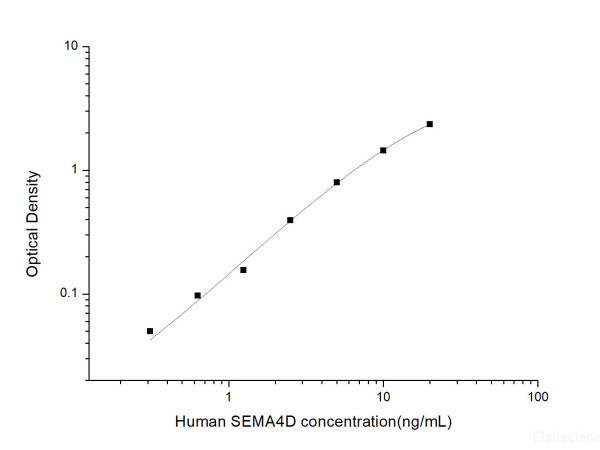If you have any questions, please use our Contact Form.
You can also order by e-mail: info@biomol.com
Larger quantity required? Request bulk
You can also order by e-mail: info@biomol.com
Larger quantity required? Request bulk
Viewed

| Keywords: | Anti-A8, Anti-GR3, Anti-BB18, Anti-CD100, Anti-SEMA4D, Anti-C9orf164, Anti-Semaphorin-4D, Semaphorid 4D/CD100 Monoclonal Antibody(Detector) |
| Supplier: | Elabscience |
| Supplier-Nr: | E-AN001640P |
Properties
| Application: | ELISA Detector |
| Antibody Type: | Monoclonal |
| Clone: | 2D10 |
| Conjugate: | No |
| Host: | Rat |
| Species reactivity: | human |
| Immunogen: | Recombinant Human Semaphorid 4D/CD100 D protein expressed by Mammalian |
Database Information
| KEGG ID : | K06521 | Matching products |
| UniProt ID : | Q92854 | Matching products |
| Gene ID : | GeneID 10507 | Matching products |
Handling & Safety
| Storage: | +4°C |
| Shipping: | +4°C (International: +4°C) |
